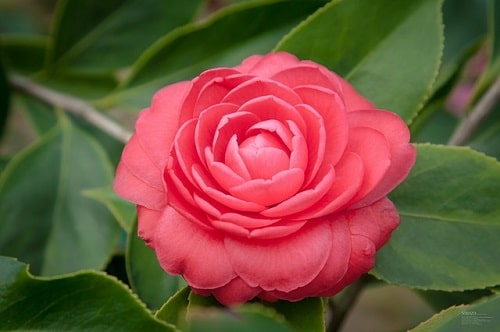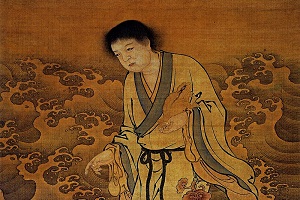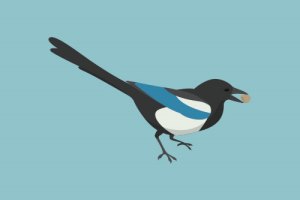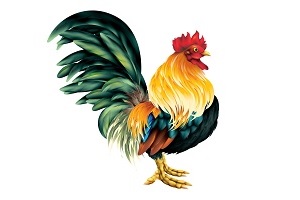Dracaena is a plant genus that consist of over 100 species.
So many of them as so popular that when we mention this plant in conversations, one has to specifically say which variety he is referring to so that people are not confused.
This has even led people to mistakenly think that when the dracaena plant is mentioned in feng shui, it refers to the lucky bamboo.
Sometimes it’s even mistaken as the yucca plant.
But if someone mentioned dracaena in feng shui without being specific, it usually refers to the basic Janet Craig plant or corn plant.
This is a tree plant that can naturally grow to a considerable height when allowed to.
However, it is mostly kept as an indoor house plant by homeowners who desires to bring a touch of nature into their homes.
It has several aliases including pineapple dracaena and dwarf dracaena, etc.
They have leaves that look like that of palm trees and have a form that can resemble a coconut tree.

Being so easy to maintain, it is often one of the first plants that interior designers recommend to new home owners to incorporate in the home interiors.
On top of that, dracaena is a plant that is able to remove harmful substances like trichloroethylene and from the air.
The main reason why it can be considered as an auspicious plant is that it grows as a breakneck speed.
In more religious circles, the dracaena draco is associated with “Dragon’s Blood” and sometimes called the dragon tree. Components of the plant is used in rituals to dispel negativity and drive away evil.
Feng shui
Because of the plant’s ability to reach a considerable height without going overboard, it is a very suitable plant to place on corners and blades in the house to counter sha chi.
With a visual appearance that resembles the form of a tree, they also enables people to bring tress in stead of small plants into a living space.
Lining them up can help demarcate a space from another.
Saying that, many people keep them in mini sizes.
Thus the term dracaena compacta is used to describe small versions of them used for display indoors.
They can be easily deployed in common spaces like the living room and dining room.
If you are looking for a more scientific way of placement, then go with the north, east or southeast as these are the directional sectors with complimentary elements to wood.















